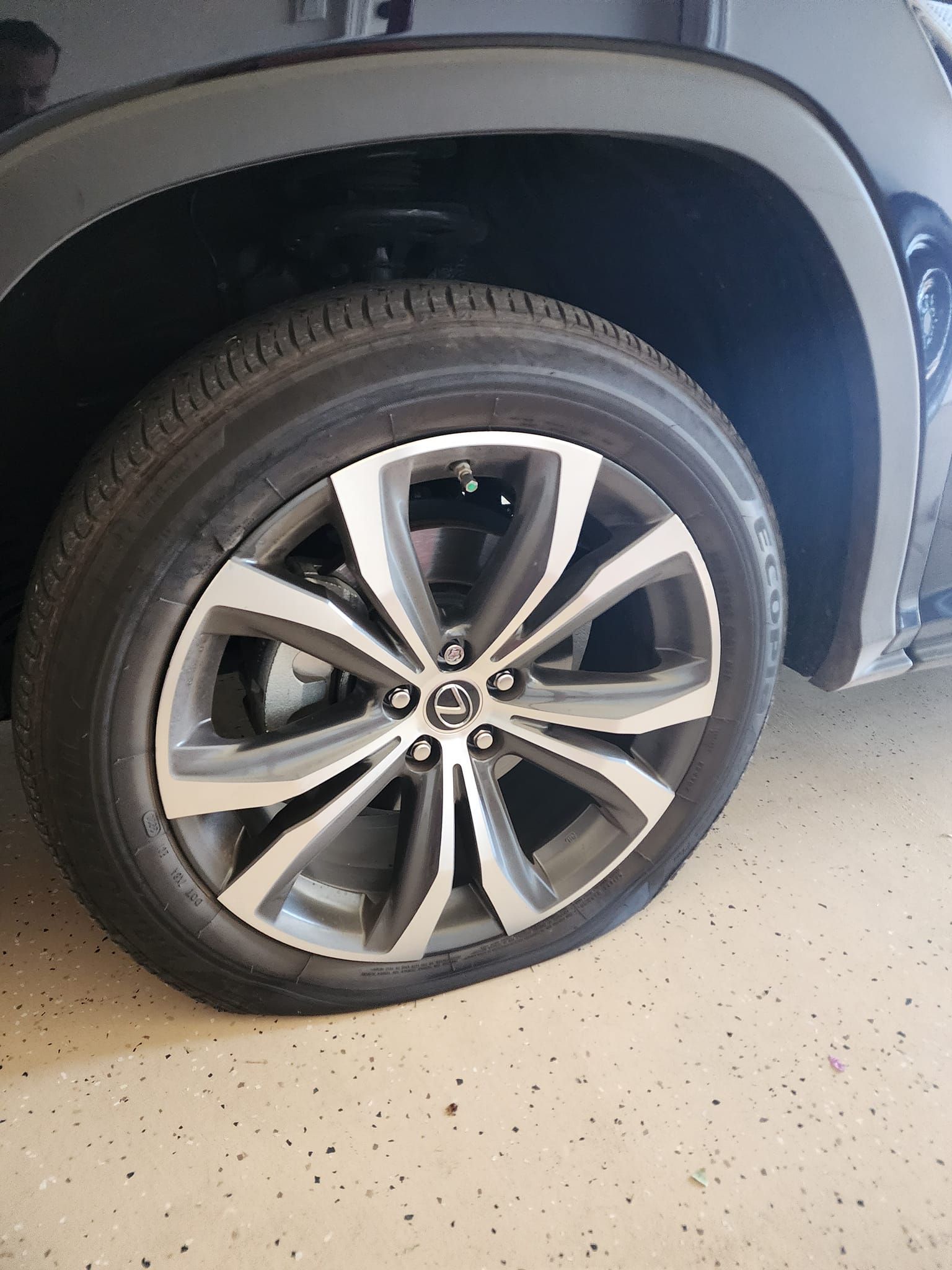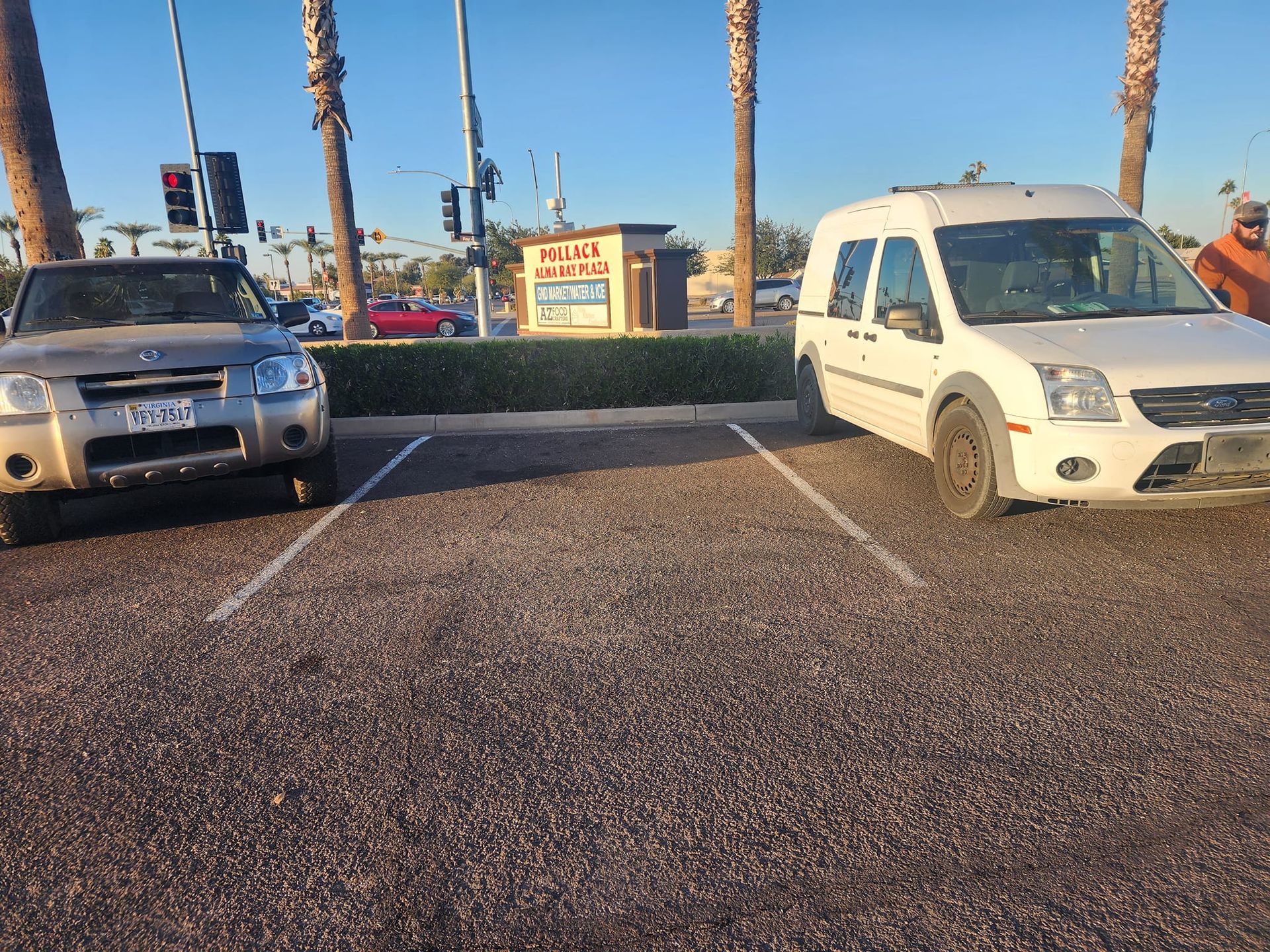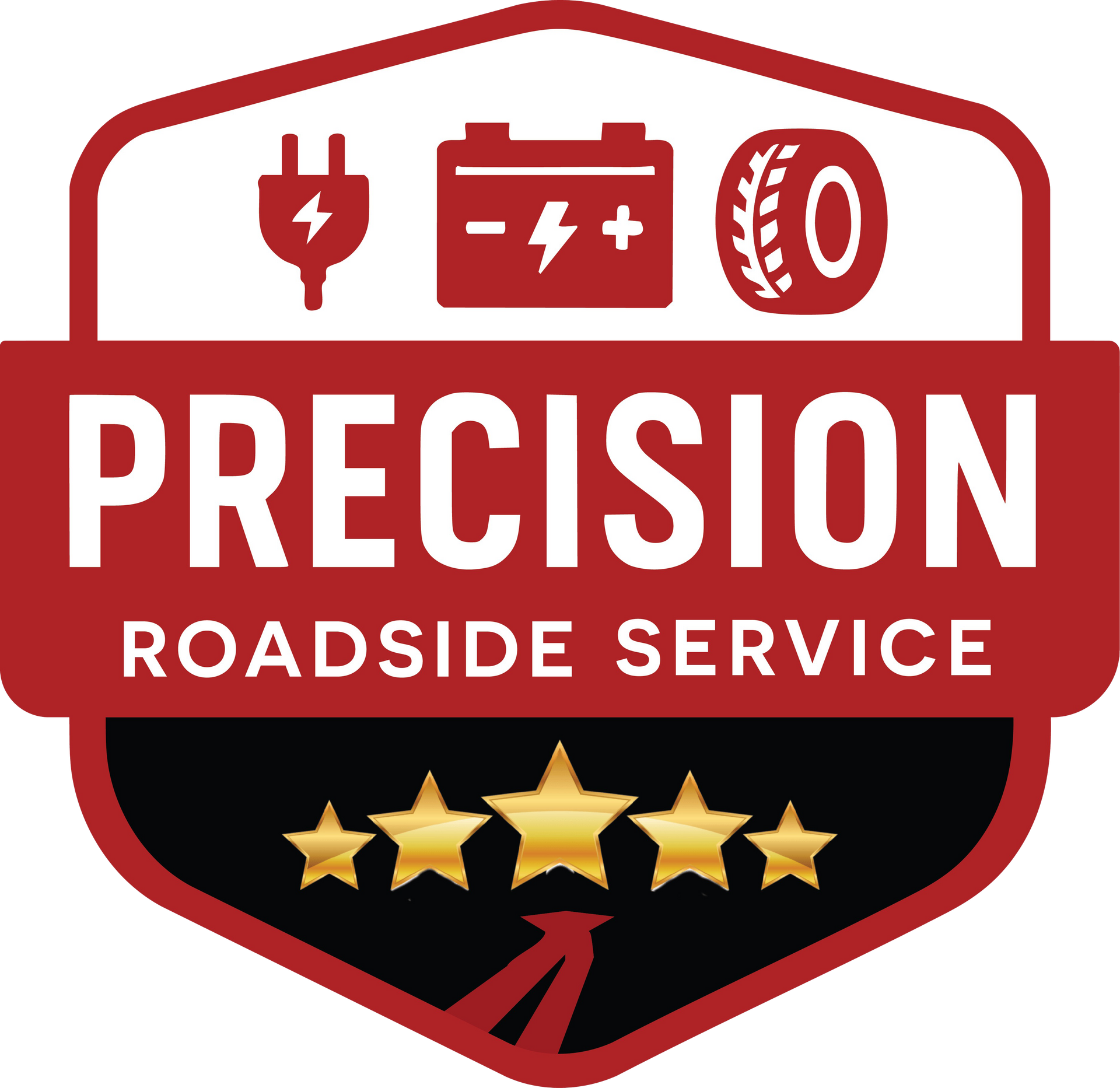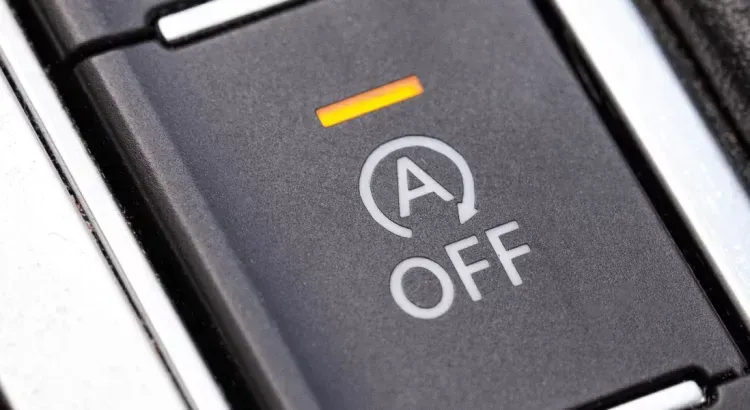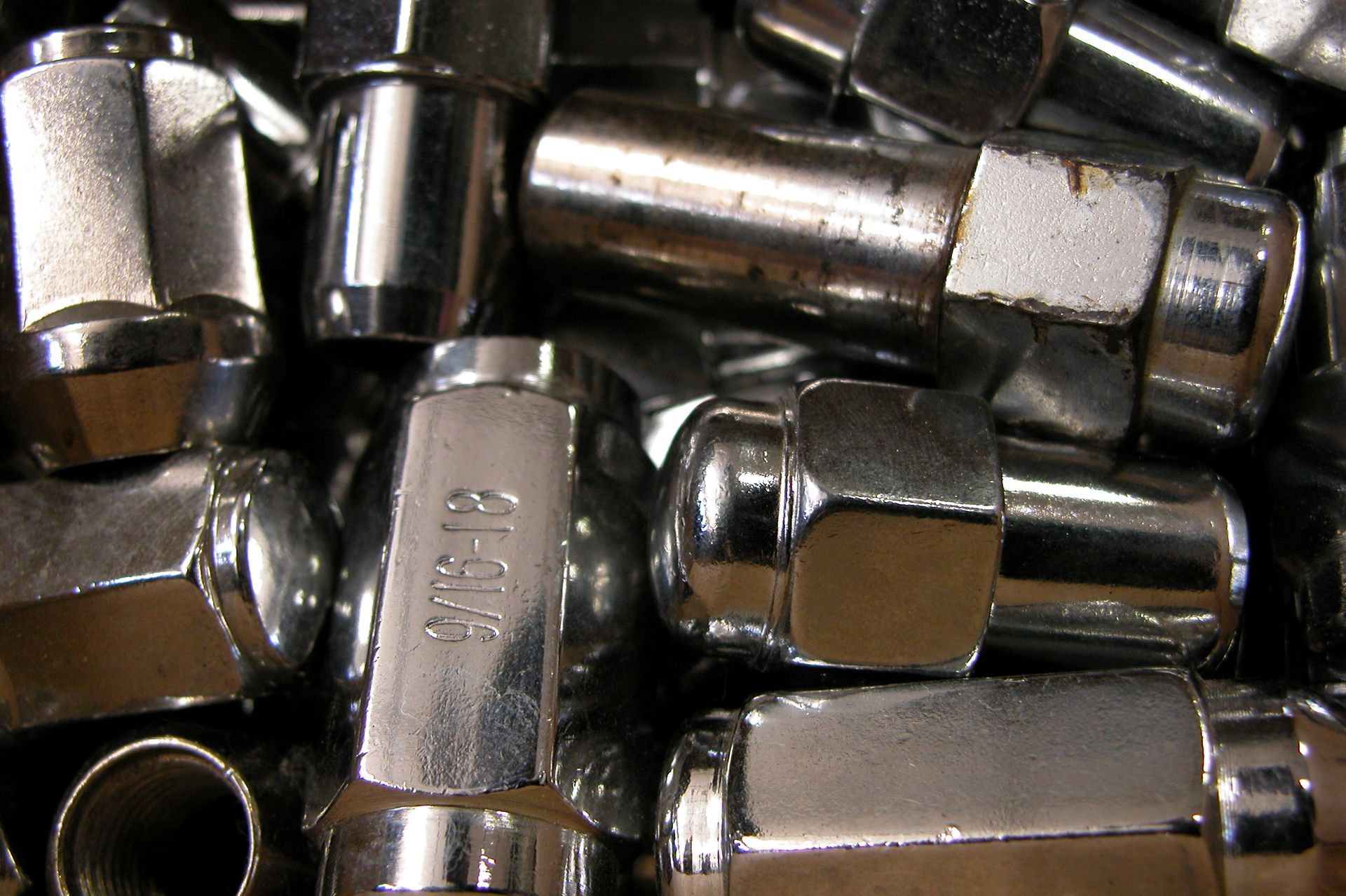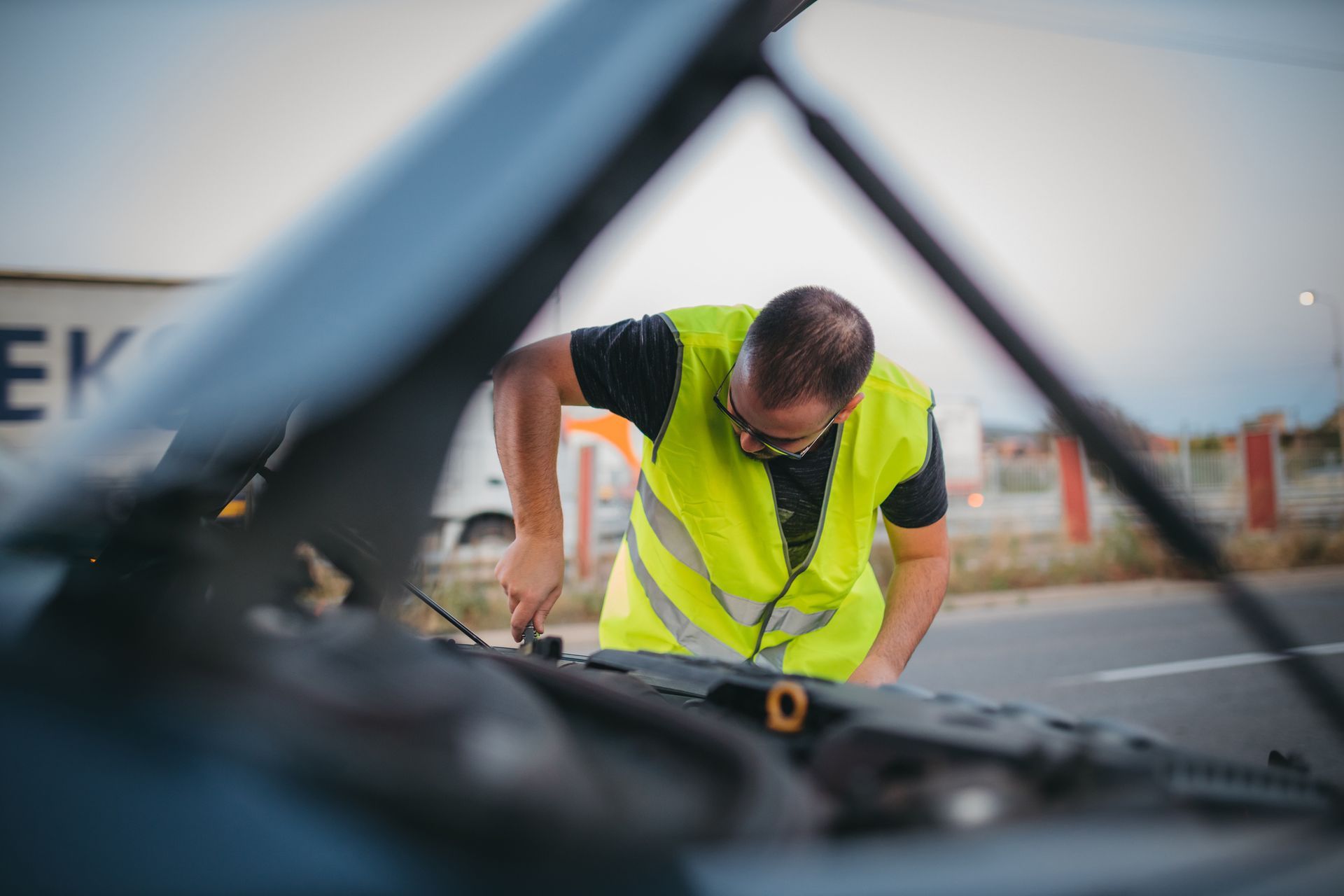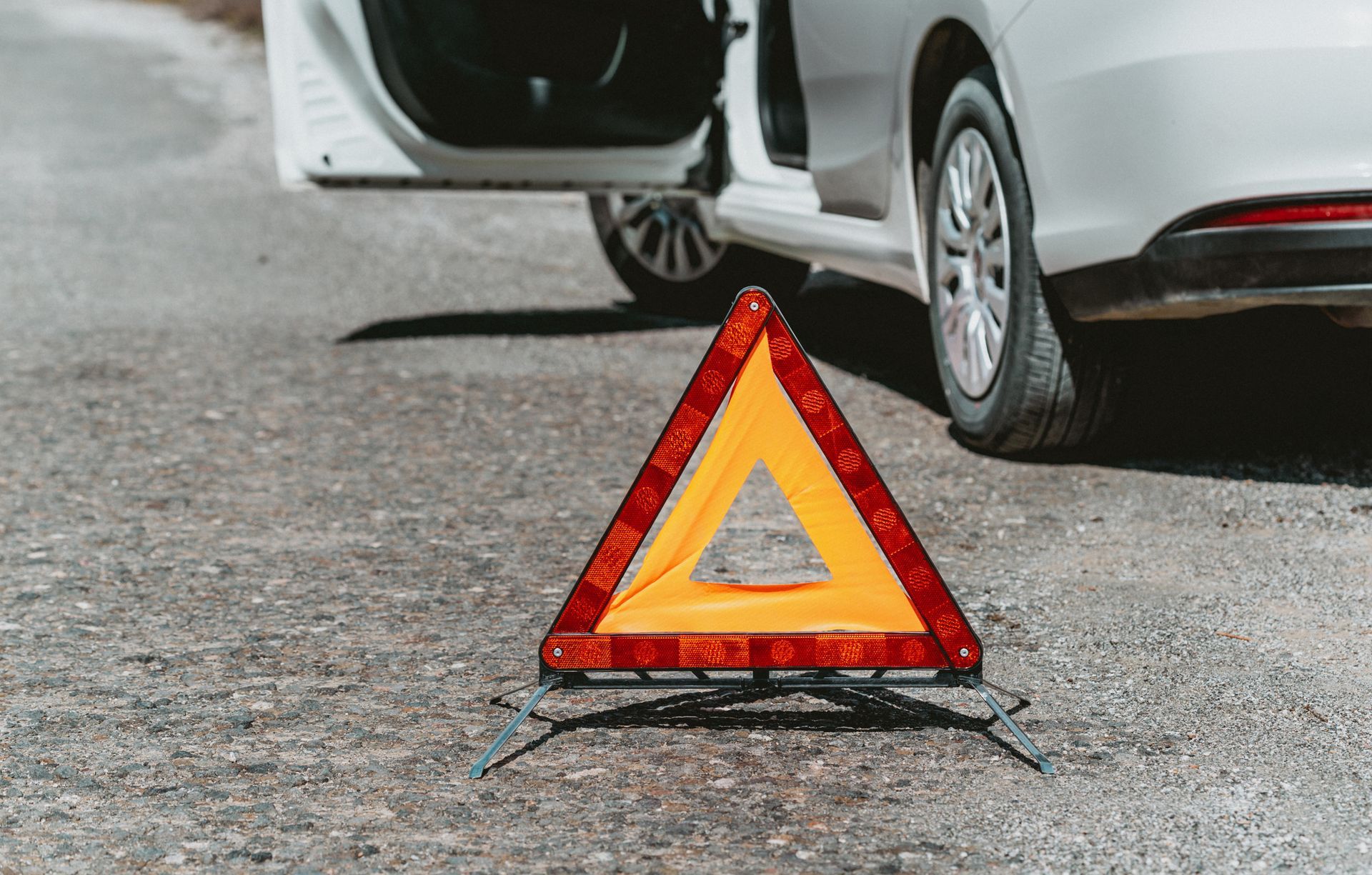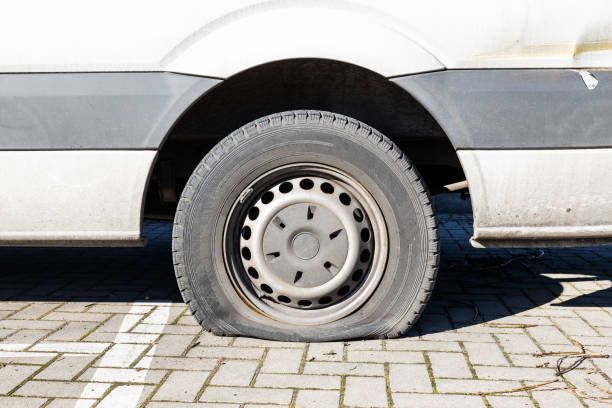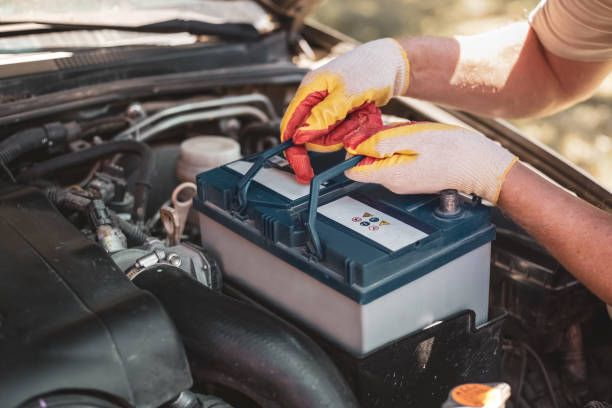How to Safely Charge a Completely Dead EV
What To Do When Your Electric Vehicle Won’t Turn On or Charge
It happens more often than you’d think: your electric vehicle (EV) hits 0% and won’t turn on or take a charge. Whether you accidentally ran out of range or left your car sitting too long, a completely dead EV requires specific steps to recover—especially if both the main high-voltage (HV) battery and the 12V auxiliary battery are drained.
Here’s a step-by-step guide to properly and safely revive a dead EV:
🔋 Step 1: Check the 12V Battery
Even though the high-voltage battery powers the motor and main systems, the 12V battery controls everything else, including unlocking the car, booting the touchscreen, and opening the charge port.
If your EV is completely unresponsive (no lights, no door unlock, no screen activity), your 12V battery is likely dead.
If the 12V battery is still alive:
- The car may unlock and boot up.
- You can proceed to plug in and begin charging as normal.
If the 12V battery is dead:
- You’ll need to jump-start or replace the 12V battery before the car can accept a charge.
- Most EVs have 12V access terminals under the hood or in the frunk.
🚗 Step 2: Access the Vehicle
If the vehicle is locked or completely unpowered:
- Use manual key access or physical release mechanisms (usually covered in the owner’s manual) to open the hood or frunk.
- For Teslas and some other models, pulling an emergency release cable lets you open the frunk to reach the 12V terminals.
⚡ Step 3: Jump or Replace the 12V Battery
Once you access the terminals:
- Use a jump pack or another vehicle to briefly power the 12V system.
- Don’t leave the jump connected too long—just enough to activate the system.
When successful, the car should:
- Power up the touchscreen or dashboard
- Unlock the charge port
- Allow charging to begin
🔌 Step 4: Plug In and Start Charging
Now that the 12V system is active:
- Plug into a Level 2 home charger, mobile charging service, or Supercharger (if Tesla).
- Make sure the cable is inserted fully.
- Charging may take a few moments to begin—listen for relay clicks or subtle humming.
⏳ Step 5: Let the System Wake Up
A fully dead EV may take a minute or two to initialize the high-voltage battery once connected to power. Be patient. In some cases, especially after extended battery drain, the car’s systems will slowly re-engage before charging begins.
🛑 What NOT to Do
- Don’t tow the vehicle improperly. Always use the correct transport mode or flatbed towing to avoid drivetrain damage.
- Don’t attempt to jump-start another vehicle from your EV’s battery.
- Don’t force open the charge port—let the system activate it properly after the 12V is powered.
🧰 When to Call a Professional
If your EV still won’t charge after following the steps above, you may be dealing with:
- A battery management system (BMS) lockout
- A completely failed 12V battery
- Or damage that needs special diagnostic tools
In this case, calling a mobile EV charging service or roadside assistance trained in EV recovery is your best bet.
Final Tip:
To avoid a full battery drain, check your charge level regularly and never let your EV sit for long periods unplugged, especially in extreme heat or cold.
Need help on the road? Mobile EV charging services like Precision Roadside Service can bring the charge to you—fast.
